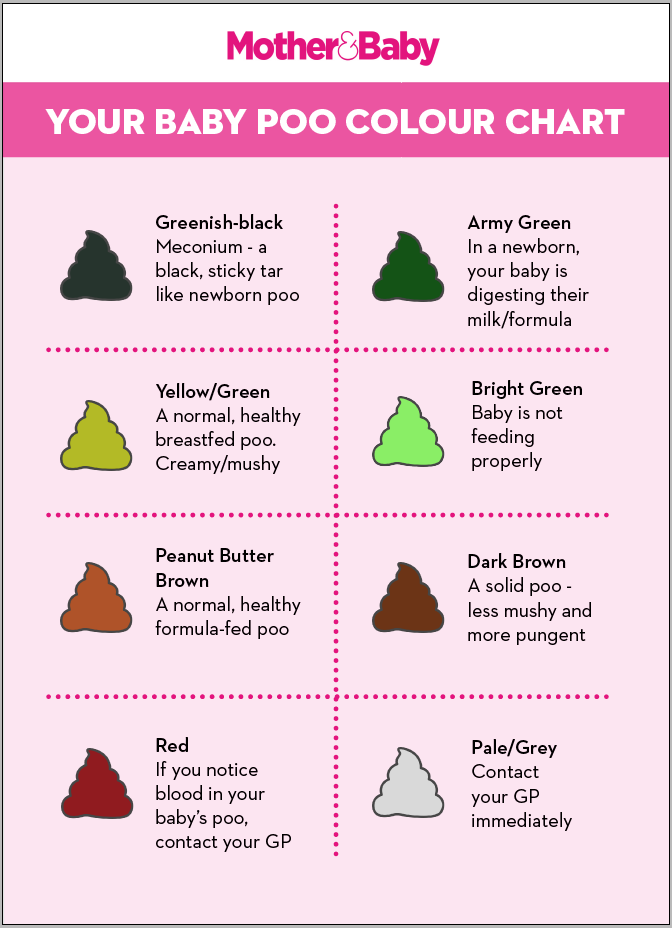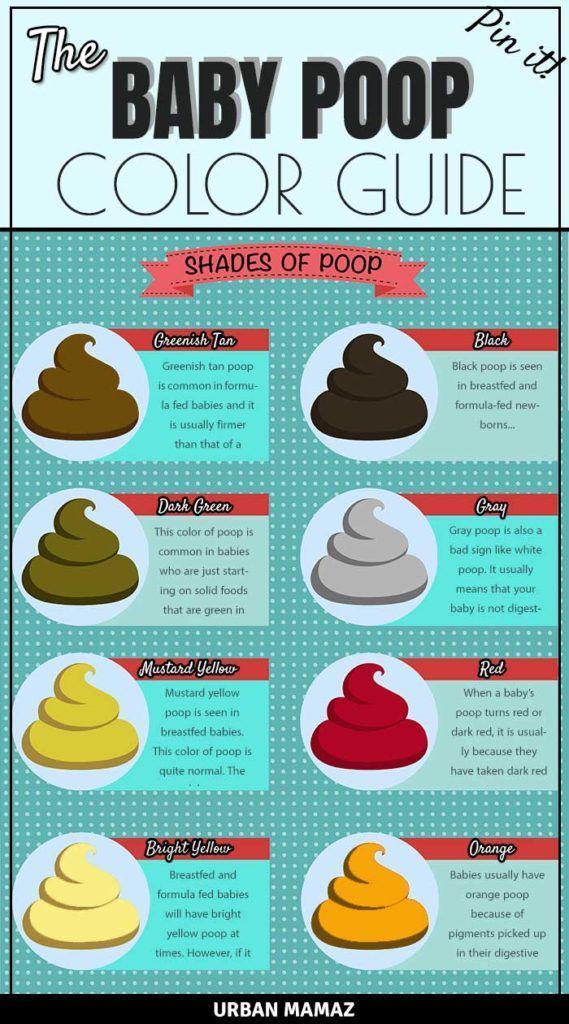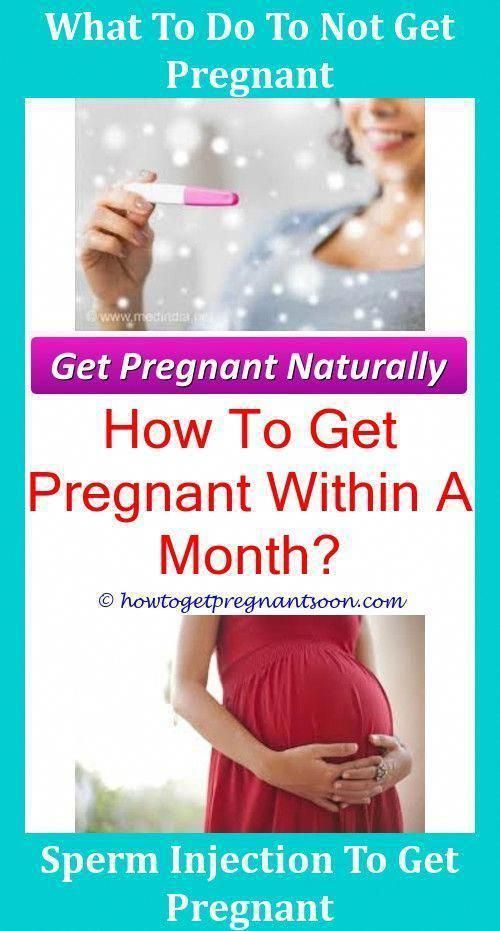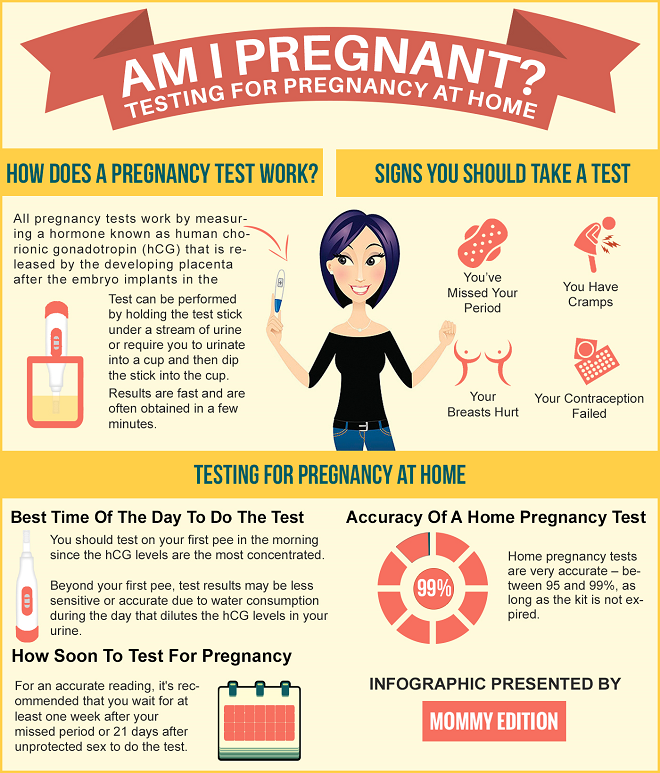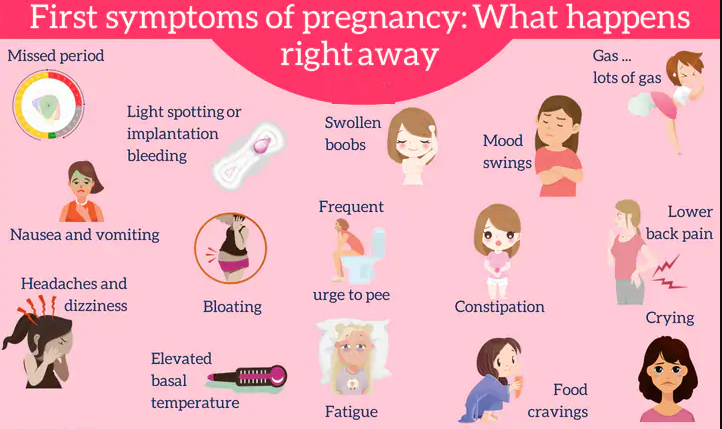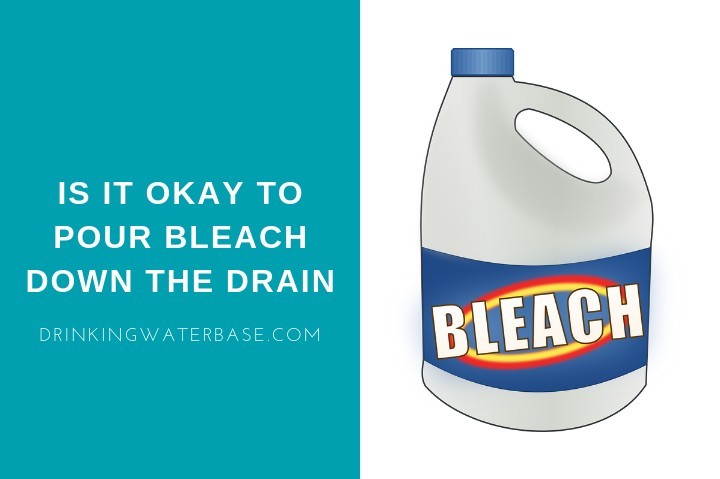Infant born with teeth
Can Babies Be Born With Teeth?
Did you know that babies can be born with teeth? Natal teeth (i.e., teeth that are present at birth) are relatively rare, though less rare than you might think. Approximately one out of every 2,000 to 3,500 newborns comes into the world with at least one tooth.
But if you’re imagining a newborn smiling up at his mother with a full set of teeth, you should know that babies with natal teeth are usually born with no more than two teeth. A few babies have arrived with a much more substantial portion of their primary (“baby”) teeth present, but no cases of newborns with a full set of teeth have been reported.
Regardless of their number, natal teeth present special dental concerns and may require specialized care. In this article, we will discuss
- the difference between natal and neonatal teeth,
- characteristics of natal teeth,
- whether natal teeth are the same as baby teeth,
- causes of natal teeth,
- complications associated with natal teeth,
- when natal teeth should be removed, and
- considerations related to caring for natal teeth.
What Is the Difference Between Natal Teeth and Neonatal Teeth in Babies?
Whereas a natal tooth is present at birth, a neonatal tooth erupts during the first 30 days of an infant’s life. Natal and neonatal teeth present extremely similar issues and are generally studied and discussed together. The following information applies to both natal and neonatal teeth.
What Are Natal Teeth Like In Newborns?
Just as with older babies, the lower central incisors (the bottom front teeth) are usually the first teeth to erupt in newborns. In some cases, natal teeth look like normal primary teeth. Often, however, they are somewhat underdeveloped:
- Natal teeth may be smaller than normal primary teeth and/or cone-shaped;
- Their enamel (the tooth’s hard, protective outer coating) is often hypoplastic, meaning that it is thin or even absent; hypomineralized, meaning that the enamel is softer than normal; and/or hypomatured, resulting in tooth discoloration; and
- They typically have underdeveloped roots and are at least slightly mobile.
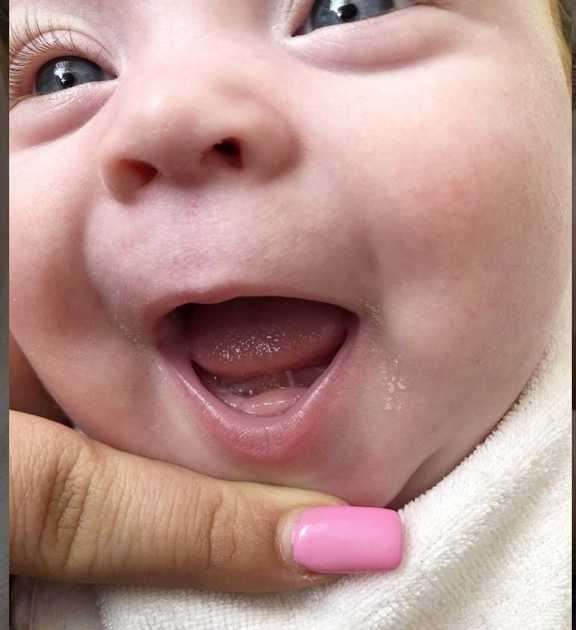
Are Natal Teeth Primary Teeth?
The vast majority of natal teeth are simply ordinary primary teeth that erupt unusually early. But a notable minority are not.
A full set of primary teeth consists of twenty teeth, but occasionally children grow more than twenty. These excess teeth are known as supernumerary teeth and, as discussed below, can lead to bite issues. Fewer than 10% of natal teeth are supernumerary teeth.
A pediatric dentist can use dental X-rays to determine whether a natal tooth is supernumerary.
What Causes Natal Teeth?
The precise cause of natal teeth in newborns is unknown. Researchers have theorized that they may be a result of genetics, fever, infection or malnutrition, but so far no studies have been able to confirm the cause. Interestingly, various studies have reported that between 8% and 62% of infants with natal teeth had a positive family history.
Researchers have suggested that certain other medical conditions may be associated with natal teeth, including the following:
- Cleft lip and palate,
- Sotos syndrome,
- Ellis-van Creveld syndrome (chondroectodermal dysplasia),
- Hallermann-Streiff syndrome (oculomandibulofacial syndrome with hypotrichosis), and
- Jadassohn-Lewandowsky syndrome (congenital pachyonychia).
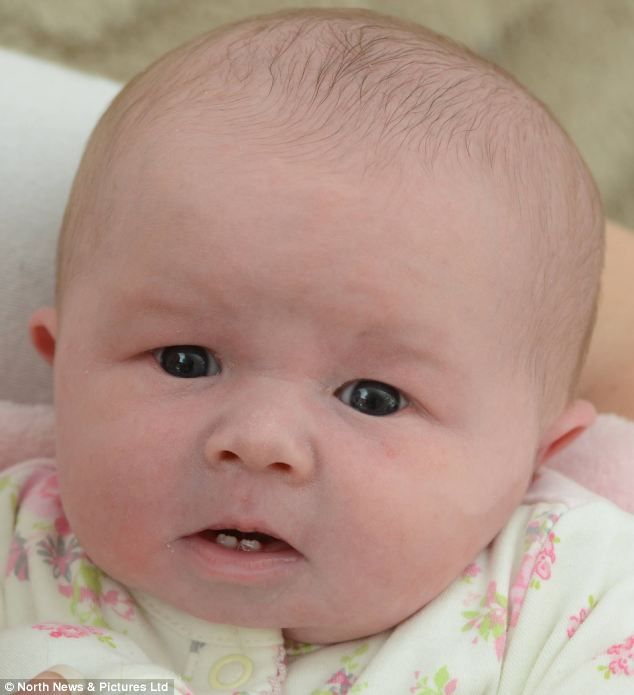
Cleft lip and palate may be the most common of the medical conditions associated with natal teeth, and the incidence of natal teeth among cleft lip and palate patients is significantly higher than among the general population. One study found that approximately 30% of the bilateral cleft lip and palate infants studied and 5% of the unilateral cleft lip and palate infants had natal or neonatal teeth. Another found that approximately 11% of the bilateral cleft lip and palate infants studied and 2% of the unilateral cleft lip and palate infants had natal or neonatal teeth.
Complications Associated with Natal Teeth
Aspiration Risk. Natal teeth that are highly mobile can fall out spontaneously and therefore may present an aspiration risk. The chances that a child will aspirate (i.e., inhale) a natal tooth is believed to be extremely low. However, because an aspirated tooth can cause potentially serious respiratory issues, including obstruction of the child’s airways, the possibility of aspiration should be considered.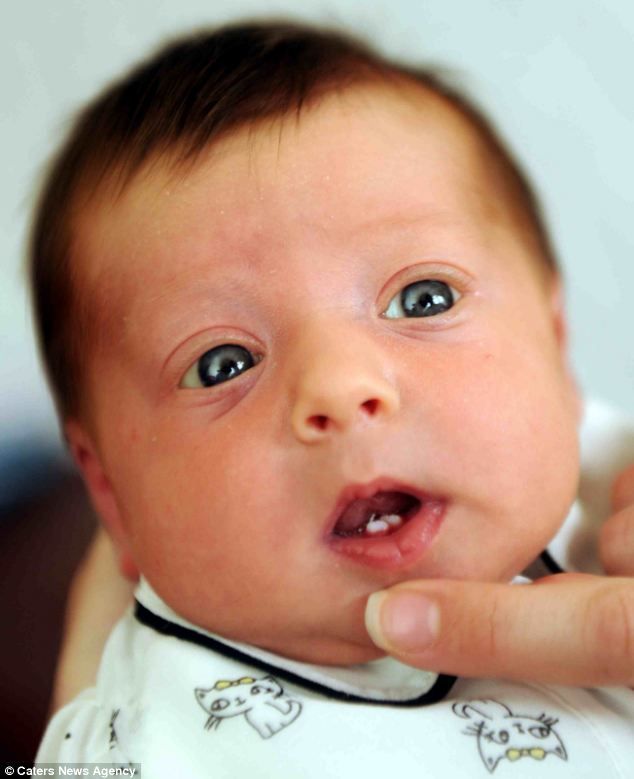
Feeding Difficulties. Natal teeth can cause discomfort (for the baby and/or the mother) during nursing. In some cases, babies may develop an ulceration of the tongue known as traumatic lingual ulceration or Riga-Fede disease. This condition is often associated with lower incisor (bottom front) natal teeth. As natal teeth may be sharp and cone-shaped, movement of the tongue backward and forward during nursing can lead to an ulcer on the underside of the tongue. Riga-Fede disease typically presents as an open sore that can develop into a fibrous mass on the tongue, and it can make feeding painful or difficult for affected infants.
Crowding and Displacement. If the natal tooth is a supernumerary tooth, it may cause issues when the child’s other teeth come in. For example, supernumerary teeth can cause crowding issues and they can cause permanent teeth to come in incorrectly or to not come in at all.
Cavities. If the natal tooth has enamel hypoplasia or hypomineralization, it is at higher risk of developing cavities than a tooth without enamel defects.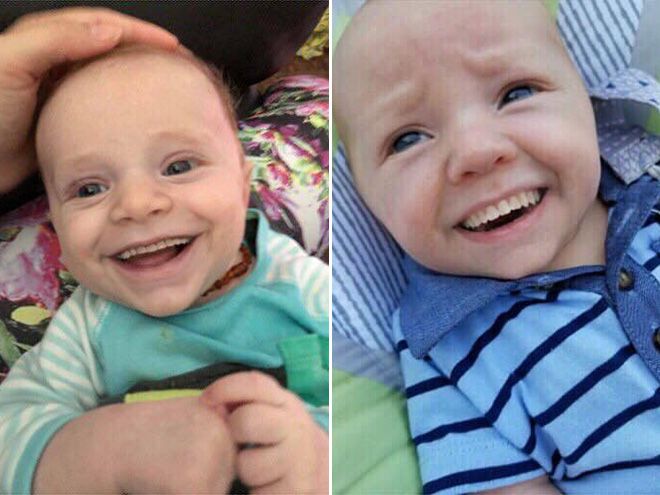
Do Natal Teeth Need to Be Removed?
It depends. When natal teeth are supernumerary, they generally should be removed. Your child’s pediatric dentist can diagnose a supernumerary tooth and help determine the appropriate time for the extraction.
In contrast, when a natal tooth is part of the normal primary dentition (i.e., is one of a child’s twenty primary teeth), it is best to save the tooth when possible.
Primary teeth are extremely important – they help children to chew food and to speak clearly, and they help permanent teeth to come in correctly. And unlike missing permanent teeth, a missing primary tooth cannot be replaced with dental implants, as an implant can prevent the replacement permanent tooth from erupting properly. This means that, when a natal tooth that is part of the normal dentition is removed, the child will have to live without that tooth until the replacement permanent tooth comes in (typically six to twelve years, depending on the location of the tooth).
Natal teeth that are causing feeding difficulties can often be managed by grinding or polishing down any sharp edges on the tooth or by applying a small amount of composite resin (white filling material) over the tooth to smooth it. Smoothing out rough edges in this way may prevent trauma and allow ulcerations associated with Riga-Fede disease to heal.
That said, sometimes natal teeth removal is recommended. If smoothing down the tooth is not sufficient to eliminate feeding issues, extraction may be required. Additionally, natal teeth that are highly mobile are often extracted to prevent potential aspiration.
Extraction of natal teeth should be performed by a pediatric dentist who has familiarity with natal teeth. The extraction should be followed by removal of the soft tissue lining of the tooth socket in order to prevent continued root development.
Natal Teeth Management
Natal teeth that are not extracted may require special care and monitoring. Natal teeth with enamel defects are at increased risk for cavities.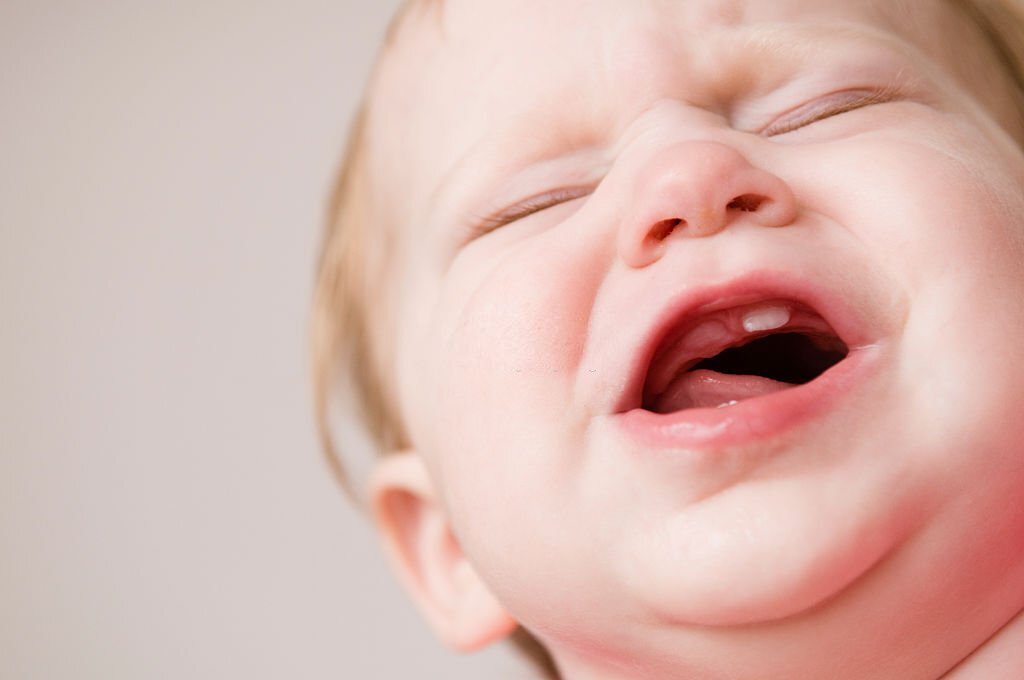 A pediatric dentist can teach you how to properly clean natal teeth and can closely monitor them for signs of decay.
A pediatric dentist can teach you how to properly clean natal teeth and can closely monitor them for signs of decay.
Board-Certified Pediatric Dentist in DFW
If your child is born with natal teeth or grows teeth during the first month of life, visit a pediatric dentist right away. Hurst Pediatric Dentistry’s Dr. Lin is a board-certified pediatric dentist who has experience handling natal teeth. Call (817) 510-6400 today to book an appointment to learn how to care for your child’s natal teeth and to see whether any treatments are advisable.
Hurst Pediatric Dentistry is located in Hurst, Texas and serves pediatric patients from Hurst, Euless, Bedford, North Richland Hills, Keller, Colleyville, Southlake, Westlake, Fort Worth, Saginaw, The Colony and the surrounding area.
This article is intended to provide general information about oral health topics. It should not be used to diagnose or treat any medical condition or as a substitute for the advice of a healthcare professional who is fully aware of and familiar with the specifics of your case. Always seek the advice of your dentist or other qualified healthcare provider with regard to any questions you may have relating to a medical condition or treatment.
Always seek the advice of your dentist or other qualified healthcare provider with regard to any questions you may have relating to a medical condition or treatment.
Schedule An Appointment
Author
Baby Born with Teeth: Is This Normal?
Teething is a normal part of a baby’s development during the first year of life. Most babies get their first tooth between 4 and 7 months of age. The first teeth that poke through the gums are the central incisors, which are located on the bottom front.
While most infants get their first teeth months after birth, some babies are born with one or more teeth. These are called natal teeth. Natal teeth are relatively rare, occurring in about 1 out of every 2,000 births.
It can be a shock if your baby is born with teeth. But you don’t need to worry or take action unless the teeth interfere with feeding, or are a choking hazard. Your pediatrician can help advise you about what to do.
Natal teeth can seem mysterious, but there are certain conditions that can increase the chances of babies being born with teeth. These teeth may be seen in babies with a cleft palate or lip. Babies who are born with irregularities in dentin (the calcified tissues that help form teeth) may also have natal teeth.
These teeth may be seen in babies with a cleft palate or lip. Babies who are born with irregularities in dentin (the calcified tissues that help form teeth) may also have natal teeth.
There are underlying medical issues that may cause natal teeth. These include the following syndromes:
- Sotos
- Hallerman-Streiff
- Pierre Robin
- Ellis-van Creveld
In addition to certain medical conditions, there are a few risk factors that may increase a baby’s chances of being born with teeth. About 15 percent of babies born with teeth have close family members that had natal teeth when they were born, too. These include siblings and parents.
While there are conflicting studies on the role of gender and natal teeth, females seem to be more likely to be born with teeth than males.
Malnutrition during pregnancy is another possible risk factor.
While some babies are born with teeth, the situation isn’t always so clear cut. There are four types of natal teeth.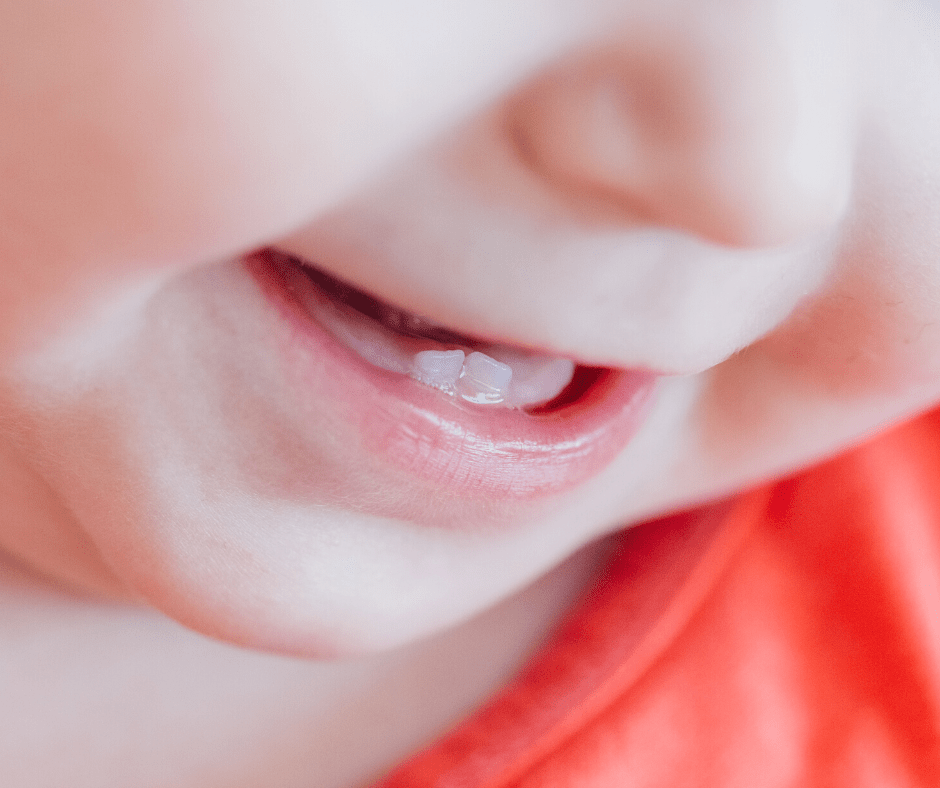 Your doctor can determine which case your baby has:
Your doctor can determine which case your baby has:
- fully developed, though loose, crowns affixed to a few root structures
- loose teeth that don’t have any roots at all
- small teeth just emerging from the gums
- evidence of teeth about to cut through the gums
Most cases of natal teeth involve just one tooth. Being born with multiple teeth is even more rare. Lower front teeth are the most common, followed by upper front teeth. Less than 1 percent of babies with natal teeth are born with molars.
The exact type of teeth your newborn has will determine the risk for complications. This will also help your doctor determine if treatment is necessary.
Some babies aren’t born with teeth, but get them shortly after birth. Generally seen within the first month of life, teeth that emerge soon after birth are called neonatal teeth.
According to the journal Pediatrics, neonatal teeth are even more rare than natal teeth. In other words, your baby has a higher chance (though rare) of being born with teeth than getting teeth a few weeks after birth.
Symptoms of teething can start as early as 3 months of age. But in these cases, your baby won’t get any actual teeth for a month or more after that. Neonatal teeth appear so quickly after birth that your baby may not exhibit the normal telltale signs of teething like drooling, fussiness, and biting their fingers.
Natal teeth that aren’t loose are usually left alone. But if your baby is born with loose teeth that have no roots, your doctor might recommend surgical removal. These types of natal teeth can put your baby at risk for:
- choking from accidental swallowing of the loose tooth
- feeding problems
- tongue injuries
- injuries to the mother during breast-feeding
A loose tooth will be looked at via X-ray to determine whether a solid root structure is present. If no such structure exists, removal may be necessary.
Being born with teeth is rare, but it’s possible. If your baby has teeth at birth, be sure to talk to your pediatrician.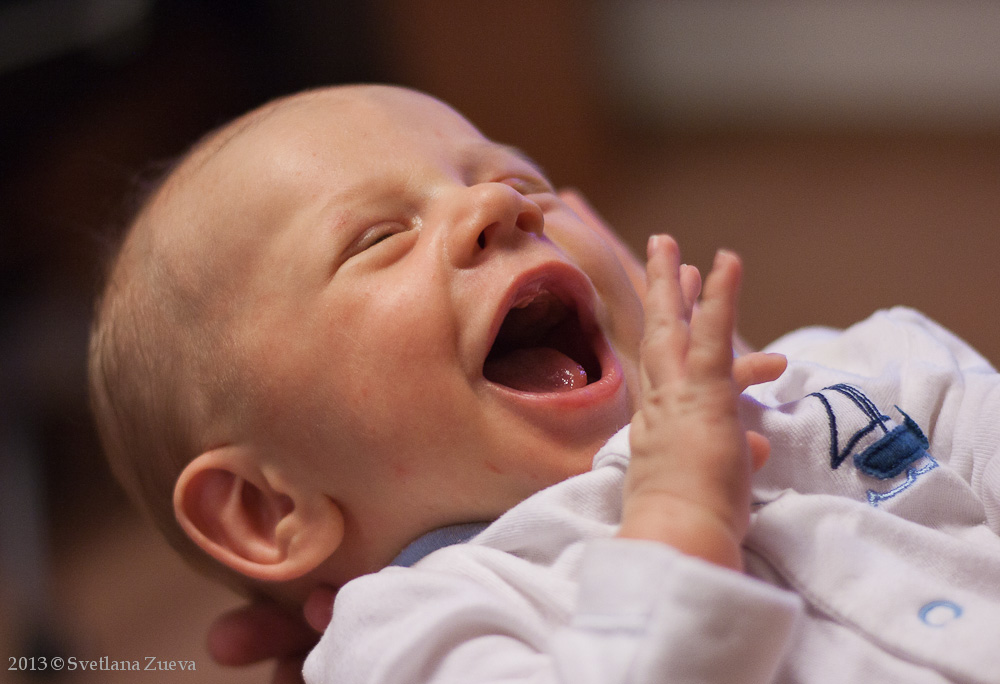 Any loose teeth may need surgical removal to prevent hazards and health complications.
Any loose teeth may need surgical removal to prevent hazards and health complications.
A pediatric dentist can help guide you through the process. Even if your newborn’s teeth aren’t considered an immediate concern, it’s important to monitor them to prevent any complications.
5 reasons why a baby can be born with teeth
HealthBaby
- Photo
- Thanasis Zovoilis / The Image Bank / Getty Images
The rudiments of milk teeth are formed in a child in the womb - at 6 weeks of gestation. But the process of teething normally begins at 3-7 months of life. One can understand the surprise of the parents, and sometimes the medical staff, when a newborn is born with one or even several teeth at once. What is this pathology, a joke of nature, a cause for concern? And in general, does this really happen? We deal with a specialist.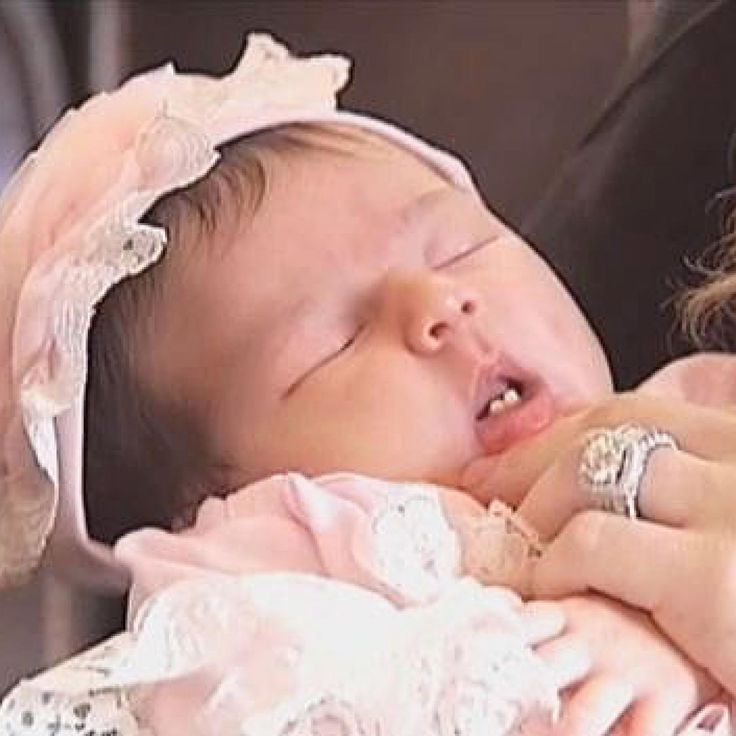 nine0003
nine0003
orthodontist, DR MINKO DENTAL CLINIC
One in a thousand
Cases when a baby is born with teeth already erupted - as a rule, these are incisors - do occur in medical practice, although quite rarely. They are found mainly in girls.
Such teeth are called natal. They may not yet be fully erupted and only palpable, or appear completely. Most of them do not have a root or it is poorly developed, very fragile, unstable. They can occupy a normal position or be displaced - cross the gum, form an additional dentition, which interferes with the formation of milk and permanent teeth. It can also affect the development of the jaw apparatus and facial bones. Natal teeth can cause discomfort to both the baby and the mother, in particular during feeding. nine0003
Sometimes natal teeth can be associated with developmental anomalies, but these are extremely rare cases.
Why a baby is born with teeth
As a rule, the reason is that the buds of the teeth were located too close to the gums - the so-called superficial location, due to which eruption occurs prematurely.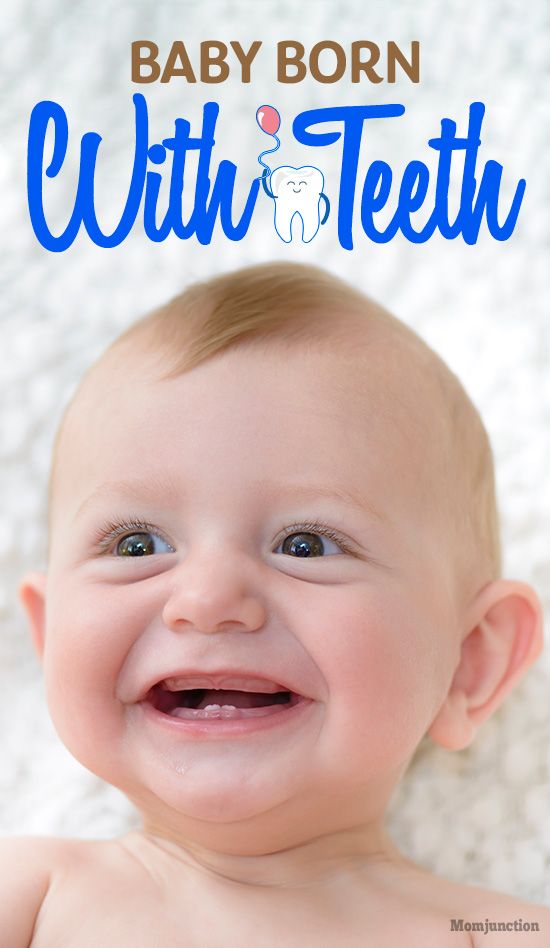
Since the phenomenon is not particularly common, its nature has not yet been fully studied. Most often, 4 more reasons are considered:
-
genetic predisposition;
-
complications during pregnancy;
- Photo
- Getty Images
Should natal teeth be extracted
What should parents do? First of all, you need to show the baby to the dentist. It is not at all necessary that a child born with teeth will have some problems in the future. But this is still a pathology, so it is better to keep the situation under control. nine0003
Is it necessary to remove such teeth - the question is decided on an individual basis.
If possible, the tooth should be saved, the extraction process is a trauma for the child, and the operation is rather painful. Now there are silicone breast pads that prevent tissue damage during feeding.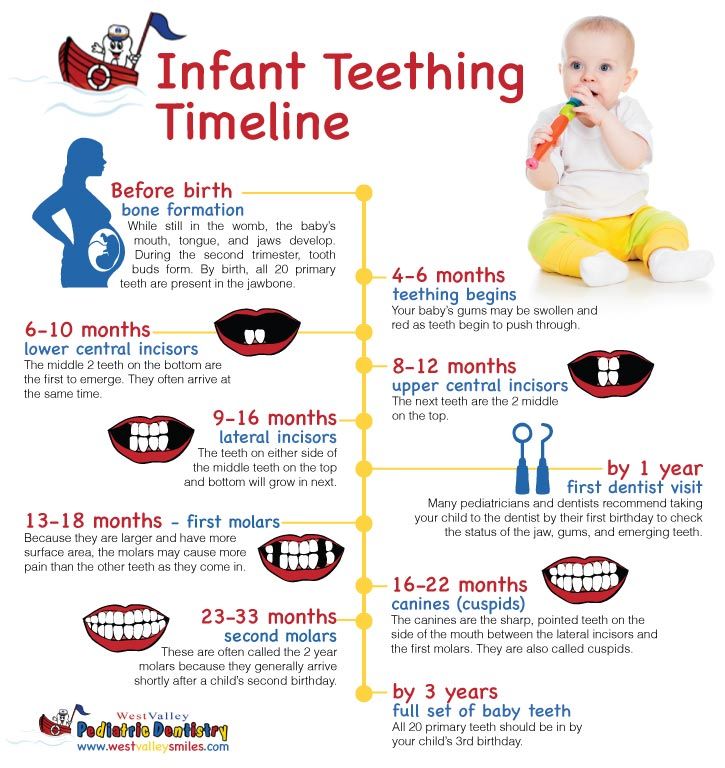 Please note that this tooth also needs to be cleaned. This will help special fingertips.
Please note that this tooth also needs to be cleaned. This will help special fingertips.
Most likely, removal will be indispensable if:
-
they are abnormally located - for example, form the second row. This can affect the formation of milk, and in the future, permanent teeth, leading to bite problems.
-
teeth can damage, injure the mouth or cause pain to the child - have sharp edges, are too brittle and can crumble, have not fully erupted.
In addition to natal teeth, the doctor must examine the entire cavity and make sure that there are no jaw deformities, palate pathology. In some cases, x-rays and consultation with a specialized specialist may be required. nine0003
It is important to visit the dentist periodically - if you still have problems with your bite, for example, you can take timely action.
Anna Gerasimenko
Reading today
High relationship: Prince William attended the wedding of an ex-girlfriend - Kate stayed at home
Very personal: Harry and Meghan showed 15 exclusive wedding pictures service
Online broadcast and funeral at sunset: 8 features of the burial of Elizabeth II
Children of Elizaveta Boyarskaya: how the beautiful actress raises her sons
Incredible! Children born with teeth: causes and consequences
Sounds incredible, but it's true! As a rule, the first teeth appear in babies no earlier than 4-6 months, but there are cases when children are born with teeth. These cases are extremely rare. It is believed that out of 2000-3000 babies, only one is born with one or two teeth. Most often, the lower incisors are the first to erupt in the baby's mouth. nine0026
These cases are extremely rare. It is believed that out of 2000-3000 babies, only one is born with one or two teeth. Most often, the lower incisors are the first to erupt in the baby's mouth. nine0026
Dorina Kurosu was surprised when her baby smiled for the first time. Little Vlad was born with a lower lateral incisor.
Now the boy is three years old. When he was born, the doctors advised the mother to extract the tooth, in order to avoid certain risks. However, Dorina Kurosu could not make up her mind to take such a step. According to her, the baby's teeth are developing absolutely normally.
“He is a normal, healthy baby and we had absolutely no problems breastfeeding. Four months later, Vlad began to erupt other teeth. On the tooth with which he was born, there is no caries yet, unlike some others. Now we take care of oral hygiene, brush our teeth and wait for his first tooth to fall out, ”the boy’s mother, Dorina Kurosu, shared with us.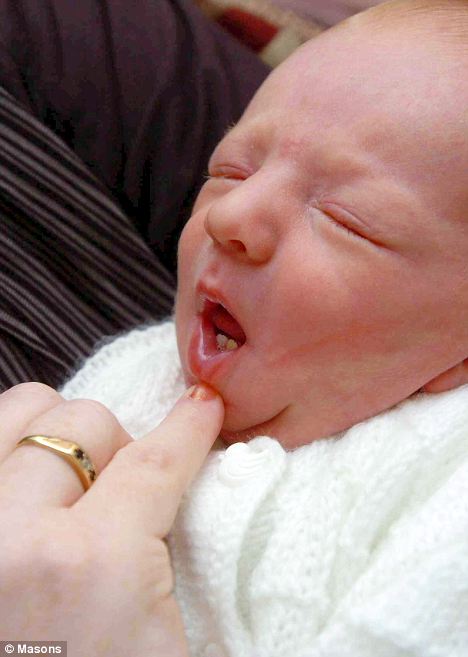 nine0003
nine0003
During the 30 years of his professional activity, pediatric dentist Iurie Spinei has come across six such cases. According to the expert, the reasons for this may be different.
“The cause in this case may be hereditary factors, however, there are no statistics or studies to prove this. Perhaps this is also due to the fact that the baby's dental plate can be located near the edge of the aular process, as a result, teeth begin to form in the jaw, which subsequently erupt prematurely. In most cases, they are formed and mineralized, and then they fall out quite early, as a result of mechanical action,” says pediatric dentist Iurie Spinei. nine0003
Doctors say that each case is individual. There are situations when it is recommended to remove a tooth, otherwise it may cause some problems for other teeth that are ready to fall out.
“Sometimes it happens that children injure the soft tissue of the upper jaw when they bite with the sharp edges of the teeth, and they get inflammation of the gums.



